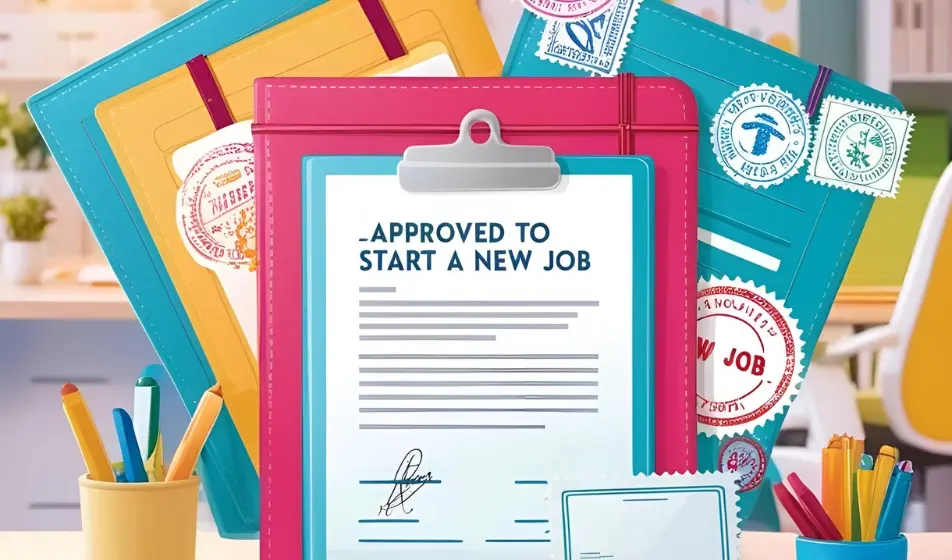Recruiting new staff can be incredibly exciting. After all, it’s evidence that your business is growing. But what can you do to avoid discrimination while you are recruiting?
If you think discrimination isn’t an issue during recruitment, it’s time to think again. Discrimination is well and truly alive.
One study found that applicants from minority ethnic backgrounds need to send an astonishing 80% more applications than a white British person just to get a positive response from a potential employer. Another study found that nearly a third of people have been turned down from a job because of their age.
Why is it important to avoid discrimination in the recruitment process?
While few businesses set out to discriminate against job applicants, it’s important to actively avoid discrimination. For one, it’s illegal. The Equality Act 2010 made it unlawful to discriminate against people on grounds of certain characteristics or situations.
These include age, gender, sexual orientation, sex, race, religious beliefs, disability, gender reassignment, pregnancy, maternity, marriage and civil partnership.
And it’s not just a case of legalities. It’s been proven that businesses with more diverse teams are more successful and those that are less diverse are less successful.
A broader range of people on your team makes your business more resilient and less likely to engage in risky behaviours. It also makes your business better attuned to the needs of your people simply because you have a diverse range of people on your team.
What is discrimination in the recruitment process?
Discrimination isn’t always a case of refusing someone a position on the basis of their protected characteristics. It can also be a case of offering someone a job because of certain characteristics. This is known as positive discrimination.
For example, if you decided not to recruit a 58-year old because you felt they were ‘too old’, you would be guilty of discrimination. But you would also be guilty of discrimination if you hired that 58-year old simply for the purpose of ‘having someone older’ on the team.

Eight steps to avoiding discrimination in your recruitment process
The risk of discrimination in the workplace is all too real. But the good news is that there are plenty of things you can do as an employer to ensure you and your team avoid discriminating against potential employees.
And that means that not only do you have a fairer process, but you will build a stronger team.
Ultimately, the best way to avoid discrimination is to focus on your candidates’ abilities and suitability for the vacancy. Here are eight ways to help your SME do that.
1. Create a standard set of criteria
Before you place your job advert, write down the skills the candidates need and the criteria they must fulfil to be eligible for the role. Share this job selection criteria amongst everyone involved in the recruitment process to ensure everyone has the same record.
These criteria should be applied to all applicants to ensure they are judged and dealt with in the same way. Once you have the job criteria ready you can start to develop the questions you will need to ask to get the right information. This helps you stay away from discriminatory questions that aren’t relevant to the role.
A word of caution – make sure your criteria don’t inadvertently favour or discriminate. Requesting qualifications from a certain type of establishment for instance, automatically limits who can apply for a role.
Also, consider factors such as the hours of work – are long hours and lots of travel truly a necessity?
2. Use non-discriminatory language
When you draw up your job advert be careful not to use discriminatory words and phrases. For example, asking for a barmaid or kitchen boy could be discrimination because it suggests that only women or men should apply. It also suggests you are looking for someone of a certain age.
3. Advertise widely
Publish your job advert in a number of locations so you attract a cross section of applicants.
4. Don’t ask questions based on protected criteria
It can be tempting to ask questions such as whether a woman plans to have children or whether someone thinks their religious beliefs will impact the role. But hold fire; these questions are unnecessary and could result in you breaking the law.
%20(1)%20(1).webp?width=710&name=AdobeStock_120001702@2x%20(1)%20(1)%20(1).webp)
5. Avoid unconscious bias
Whether or not you’re aware of it, we are all biased in different ways. You might find yourself showing more empathy for a candidate who has the same racial and social background as you, for example.
When recruiting you need to use a standard set of questions which apply to every candidate and focus on the skills the job requires rather than protected characteristics.
Unconscious bias is a tricky beast. Fortunately, there’s a lot of help out there to help you and your team recognise your own biases.
This short animation from The Royal Society is a helpful introduction, while this unconscious bias test can help you identify your own biases.
Our recommendation? Train everyone in your business in the importance of recognising and counteracting unconscious bias – it can become a really important part of your business culture.
6. Offer based on ability
Make sure the process you follow in deciding who should get the job is free from discrimination. Compare each applicant’s skills and abilities against the job description and criteria you have set and make your offer based on that.
7. Keep a record
Stay on top of your recruitment process and the decisions you make by tracking your applicants in specialist applicant tracking software.
As well as a helpful (and paper-free) way of storing your applicants’ CV and contact details, you can also keep a record of application and interview notes.
This means you have a record of your process and rationale which can be used as support in the event of legal action. It’s also a really helpful way of giving successful applicants a seamless onboarding.
You’ll have all of their information stored on your system already, so it’s simply a matter of changing their status from applicant to employee and setting up their introduction.
8. Feedback
Giving unsuccessful candidates feedback about their interview is good practice. Not only is it helpful for them, but it can also help you build your employer brand by treating all applicants well – an important consideration when it comes to attracting future talent.
Make sure your feedback is constructive and gives them points to work on.
Need some support?
Hiring new staff can feel like a daunting task. Working with an HR consultant can help you feel more confident about the process and take some of the work off your plate, making life easier. Take a look at our directory to find an HR consultant to suit your business.

Author: Laura Sands
Laura is a writer who enjoys getting into the detail of subjects and sharing that knowledge with snappy, interesting content. When not typing away, she enjoys walks in the woods and curling up with a good book and mug of something hot.




